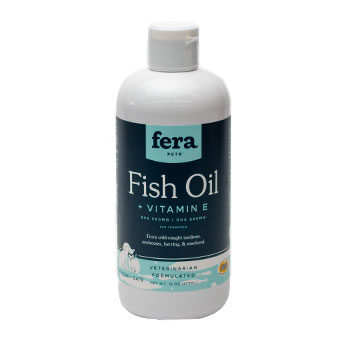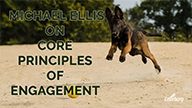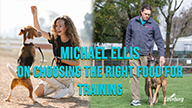What is Panosteitis?

Panosteitis is the long form for what breeders call "Pano". Pano is a growth disease which is more common in large, big-boned dogs. It can show up as young as 5 to 9 months and usually does not occur after a dog is 18 to 20 months. It is more of a growth disorder than a disease, but it is very painful to young dogs.
In laymen's terms, the pain comes from the growth plates when they grow at different rates. When a dog is finished growing, there is no longer a conflict with growth plates and therefore there is no more pain.
Over the years, I found it is more common in fast-growing dogs that were overweight. A dog does not have to be obese to be considered overweight. I currently have a 5-month-old Mal, Bart, that came up limping during a training session. The moment he started to limp happened right in front of me. He was only a couple of pounds overweight but he is a very large dog for his age.
Pano can show up in one leg and go away only to appear in another at a later date. At one point, Bart had it in 3 legs at one time. I felt so sorry for the little guy.
This was the first case of pano I have had since we started feeding a raw diet many years ago. I originally thought the raw diet eliminated the problem but I was wrong. Bart's father is an 85-pound Mal, large for the breed. At 5 months, Bart was as large as our 5-year-old female and almost as tall as our 3-year-old male. While he was not fat, there was not much of a definition between his ribs and his loin.
Dogs that have pano need to be very thin. The correct weight on a dog is not a number but rather a look. You should see a definition between the rib cage and the loins of your dog. Seeing a few ribs is also not a bad thing. My recommendation at the first signs of pano is to cut the dog's volume of food by 1/3 to 1/2. A puppy's weight can change quickly so it requires daily monitoring.
The Treatment for Pano
I had to go on a business trip to film so Cindy solved the problem with Bart within 5 days. She began by cutting his food consumption by 1/3 which took weight off. He lost weight quickly.
There are also several supplements you can add to help with pano. We have a shopping category specifically for pano care.
Cindy also adds the following to his two daily meals:
- MSM - if in capsule format, we open the capsule and sprinkle the power on the dog's food
- Herbsmith Comfort Aches - available as a tablet and a powder
- Yucca Intensive - 10 drops in food; this is bitter so mix it into the food and be sure to shake the bottle well
- Vitamin E
- Vitamin C
If you are feeding a raw diet, you should reduce the bone content. Don't eliminate it, just reduce it.
Within a couple of days, Bart improved greatly and within 4 to 5 days, it was gone completely and he didn't show any signs again.
Bottom line is I allowed him to get slightly overweight. It was my fault.
Some years ago, the reason I originally started writing about pano was because I had received a call from a customer whose dog had pano which lasted for some time, disappeared, and then had just returned.
These people chose to not follow our instructions. They didn't feed a raw diet and their dog was overweight (they sent a photo). They had spent over $350.00 on vet bills and were concerned. The vet confirmed pano but had not solved the problem. They had just gone back to the vet a second time and didn't have the second set of bills yet.
Their vet confirmed what I said about pano: the dog was growing too fast. The difference was he prescribed steroid pain killers, Rimadyl, which is very dangerous and stupid!
If your puppy gets pano, it's important to take them off puppy food. You must slow the growth down. Feed an all-natural diet and not commercial food. Commercial food, especially puppy food, causes dogs to grow way too fast. And that's what pano is, growing too fast.
The extreme pain of this affliction causes people to describe their dogs as being depressed and I am sure they probably are. To deal with the pain, the dog should be crated as much as possible and put them on the ingredients listed above.
We do not take our dogs to a vet for pano. There is nothing a vet can do and very few vets are qualified to even read x-rays to recognize pano. In the end, they almost all recommend steroids, which we feel should never be given for pano.
If you feel like you must see a vet, you are best advised to take your dog to a vet that specializes in canine orthopedics. Pano can only be diagnosed with x-rays. Reading those x-rays is not a simple matter. Most local vets lack the experience to correctly diagnose pano from an x-ray.
The prescription medication that vets often prescribe for pano is Rimadyl. This is a terrible drug and it kills many dogs. Do not give your dog Rimadyl.
Keep in mind that pano does go away after 18 to 20 months.








Ask Cindy.